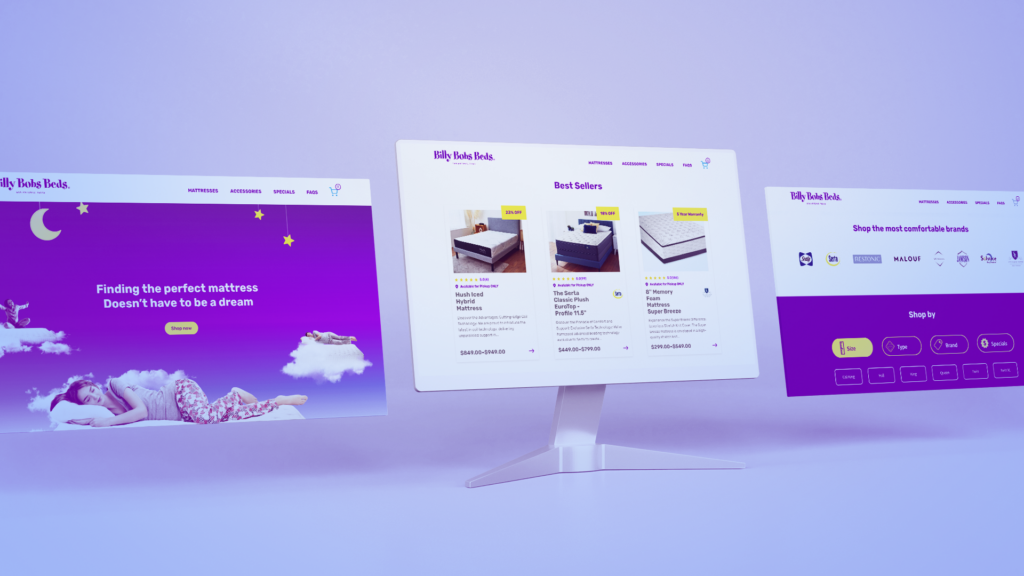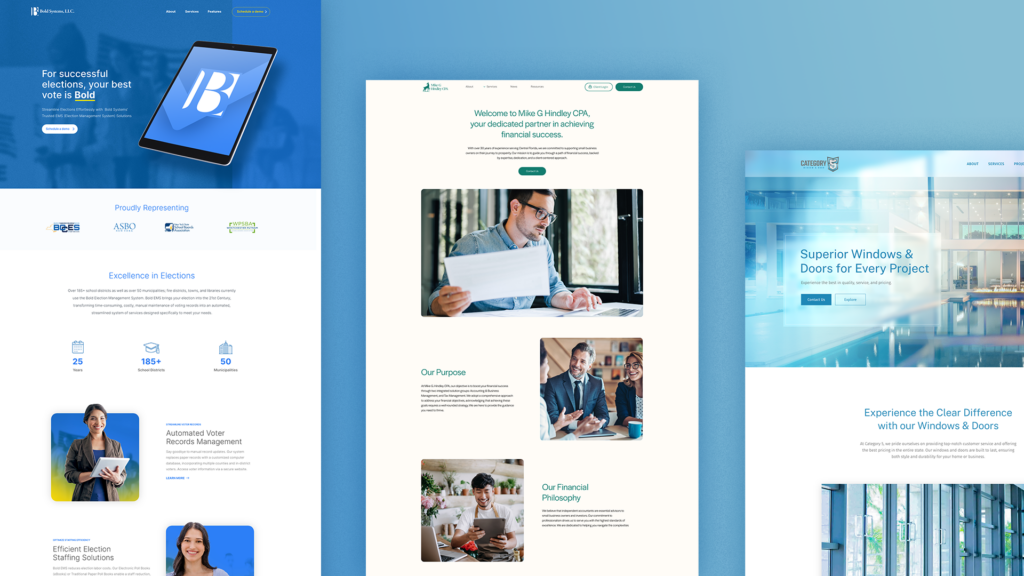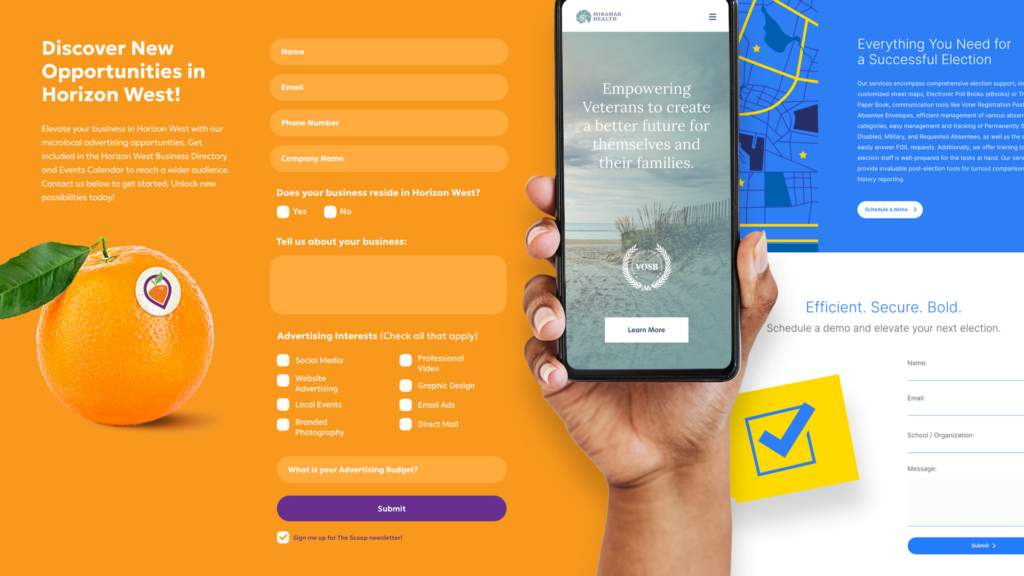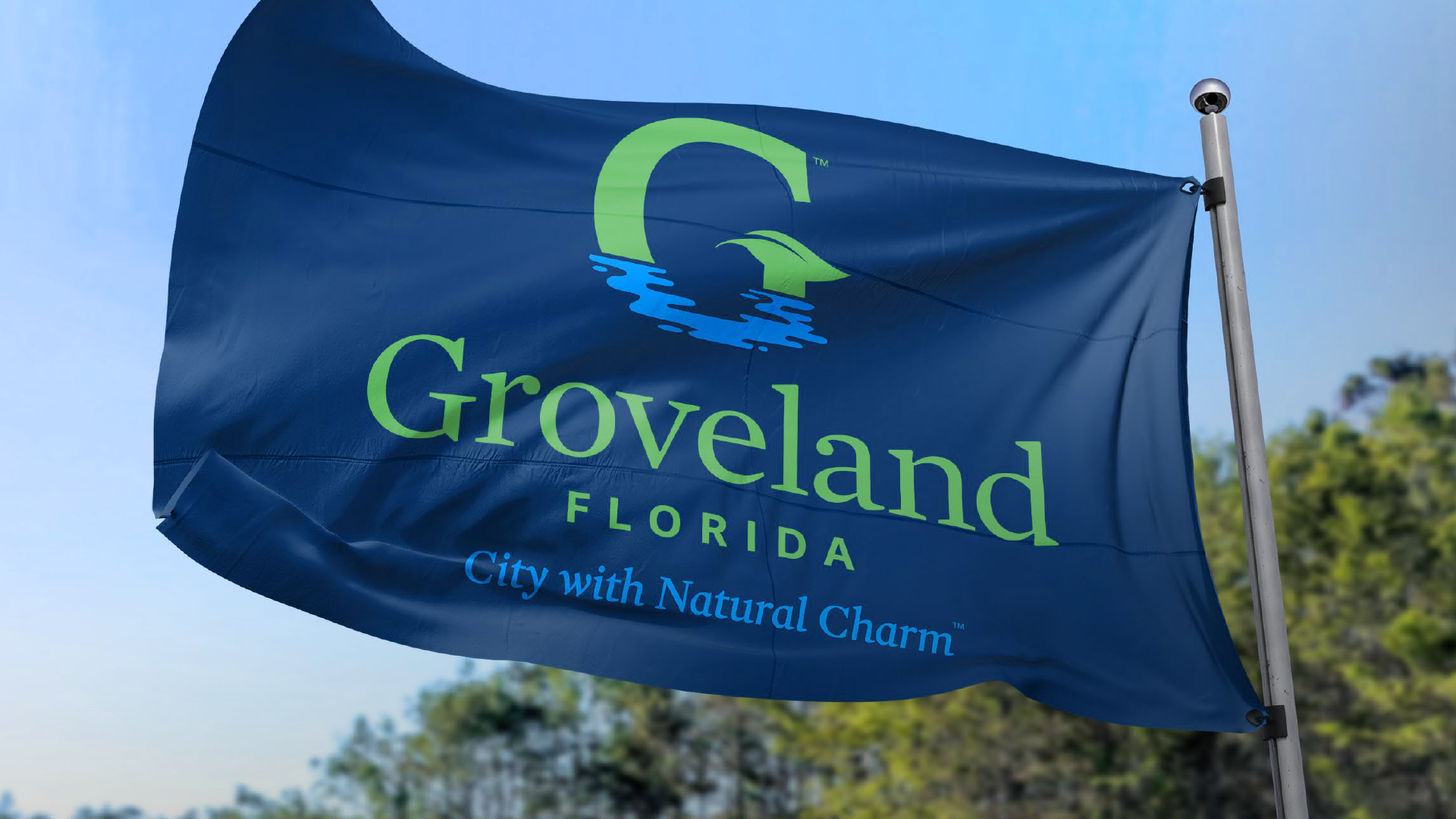03.15.24
Mastering Website Design: Enhance User Experience and Drive Conversions for Your Brand

In today’s digital-first world, your website serves as the digital storefront of your business and plays a pivotal role in shaping your brand’s image, reputation, and customer relationships. An intelligently designed and visually appealing website can captivate your audience’s attention, provide a delightful user experience, and ultimately encourage conversions. On the other hand, a poorly designed website can lead to customer frustration, lost sales, and even damage your brand’s reputation. This is why mastering website design is crucial for creating a seamless, enjoyable user experience that drives conversions, customer satisfaction, and long-term brand success.
The focus of this article is to delve into the intricacies of website design and its impact on user experience and business conversions. We will explore the importance of mastering various aspects of website design, including site architecture, aesthetics, navigation, and responsiveness, among others. By understanding and implementing best practices in website design, you can create a digital platform that captivates your audience, fosters customer loyalty, and propels your business toward success.
An exceptional website design not only showcases your brand’s offerings and values but also caters to the unique needs and preferences of your target audience. By prioritizing ease of use, visual appeal, and device compatibility, you can foster an enjoyable user experience that encourages visitors to learn more about your brand, explore your products or services, and ultimately convert into loyal customers. While effective website design encompasses a myriad of elements, it all boils down to creating a seamless experience that instills trust, meets user expectations, and drives results for your business.
In this article, we’ll discuss the critical components of website design that contribute to an enhanced user experience and increased conversions. Additionally, we’ll provide insights and best practices to help you leverage the full potential of your website as a powerful tool for business growth and customer engagement.
The Role of Website Design in Enhancing User Experience and Boosting Conversions

First impressions matter, and your website’s visual appearance plays a crucial role in shaping how users perceive and engage with your brand. A well-designed, visually appealing website can effectively communicate your brand’s identity, values, and professionalism while keeping visitors intrigued and eager to explore your content. To create a captivating aesthetic, consider the following design principles:
1. Consistency: By maintaining a consistent visual design across your website, you can create a cohesive brand experience that reinforces your identity and instills trust in your audience. Ensure consistent use of colors, fonts, imagery, and layout across all website elements.
2. Simplicity: A clean, minimalist design allows your content and key messages to take center stage, making it easier for users to navigate and consume your content. Avoid overcrowded layouts, excessive animations, or distracting elements that can detract from the user experience.
3. Color Psychology: The colors you choose for your website can evoke emotions and impact user perceptions. Select a color palette that aligns with your brand identity and creates a positive, inviting atmosphere for your audience.
4. Imagery: High-quality, relevant images and visual elements can enhance your website’s appeal and effectively convey your brand’s message. Choose images that support your content and resonate with your target audience, ensuring they are optimized for fast loading and responsiveness.
Streamlining Navigation for a Seamless User Experience

Website navigation plays a pivotal role in guiding users through your site and helping them find the information they seek, ultimately influencing conversion rates. A well-organized, intuitive navigational structure ensures that visitors can quickly and easily access your content, resulting in improved user satisfaction and engagement. To optimize your website’s navigation:
1. Prioritize Clarity: Use clear, descriptive labels for menu items and ensure a logical hierarchy that reflects the most important content first. Avoid technical jargon, ambiguous terms, or overly creative names that may confuse users.
2. Implement Responsive Design: A responsive website design adapts to different screen sizes and devices, providing a seamless user experience across desktops, laptops, tablets, and smartphones. By ensuring your website is easily navigable on any device, you cater to a diverse audience and reduce the risk of user frustration or bounce rates.
3. Utilize Clear CTAs: Effective call-to-action (CTA) buttons guide users toward taking a desired action, driving conversions, and generating leads. Employ clear, concise, and prominent CTAs that help users understand the next steps and encourage them to engage with your brand further.
4. Optimize Load Times: Fast-loading pages are essential for keeping users engaged and reducing bounce rates. Optimize your website’s speed by compressing images, minifying code, and utilizing content delivery networks (CDNs) to ensure a streamlined browsing experience for your audience.
Leveraging Website Design to Facilitate Accessibility

Inclusivity should be an integral aspect of your website design, ensuring that users with varying abilities can access and engage with your content without barriers. An accessible website design not only demonstrates your commitment to inclusivity but also broadens your potential audience reach. Consider implementing the following accessibility best practices in your website design:
1. Use Descriptive Alt Text: Descriptive alt text for images ensures that visually impaired users who rely on screen readers can understand the content and context of your visuals.
2. Choose Readable Fonts: Select fonts that are easy to read, have high contrast, and can be resized without losing clarity.
3. Enable Keyboard Navigation: Ensure that visitors can navigate your website using solely keyboard input, improving accessibility for those with mobility impairments or who prefer keyboard navigation.
4. Provide Transcripts and Captions: Transcripts of audio content, captions for video content, and other alternative formats ensure that deaf and hard-of-hearing users can consume your content without barriers.
Measuring the Impact of Website Design on User Experience and Conversions
Regularly analyzing your website’s performance and user engagement metrics is crucial to understanding the impact of your design choices and identifying areas for improvement. Utilize analytics tools and user feedback to assess the effectiveness of your design strategy and refine it to align with user expectations and drive results.
Transforming Your Website into a Powerful Tool for Business Growth
A well-designed website that prioritizes user experience can have a significant impact on your brand’s growth and success. By mastering various design elements, including aesthetic appeal, navigation, accessibility, and responsiveness, you can create a digital platform that drives conversions and fosters deep, long-lasting customer connections.
Conclusion
Are you ready to elevate your website’s design and power your brand’s success? Our team of web design and marketing experts at Alarie Design is here to help you create a visually stunning, user-centered website that delivers results. Reach out to us today to explore our comprehensive range of web design services tailored to suit your brand’s unique needs and goals.
RECENT POSTS

Leverage Social Media Ads to Boost Your Brand’s Visibility and Drive Results

Elevate Conversions with Expert Landing Page Optimization Strategies
